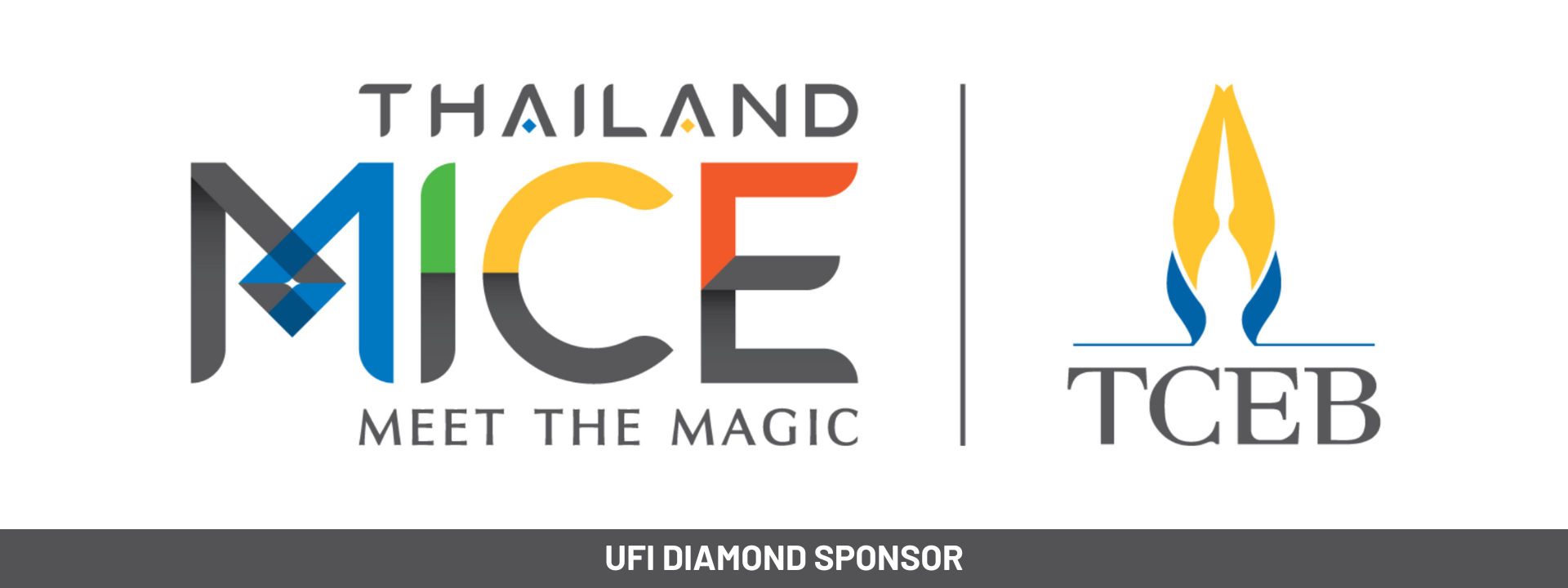
Blogger: Barry Siskind, author of Powerful Exhibit Marketing
In April of 2010 I posted a short blog on UFILive.org titled, “Are exhibitions the poor cousins in the marketing mix?” The premise of my argument was that marketers don’t seem to take exhibitions seriously whether in academic texts, business practices or budgeting.
That was six years ago and just as I am beginning to think there is a shift in attitudes, I am reminded that I am perhaps being optimistic. A case in point is recent research done in the US by Exhibitor Magazine. They measured exhibitors change in outlook between 2015 and 2016. The results were interesting.
Here are a few examples:
The outlook on 2016 budgeting compared to 2015 reported an increase of 28% in their budget while 28% reported a decrease. The effect on the industry is a wash.
The effectiveness of trade shows as a marketing tool – 44% were optimistic while 45% downgraded their opinion to “hopeful.”
The types of corporate events included everything from road shows, dealer meetings and VIP events. The biggest spending increase was in product launches.
The number of shows attended fell in each category:
Regional: 2015 – 28.3 / 2016 – 27.7
National – 2015 – 13.3 / 2016 – 12.5
International – 2015 – 5.3 / 2016 – 5.2
Here are some interesting comments made by those interviewed:
Our challenge is justifying the effectiveness of trade shows
The cost of services keep going up.
The expense of exhibiting is completely out of hand
Our company sees face to face as a line expense.
There’s more, of course, but the overall message is the same one I wrote about in 2010. In spite of industry research to the contrary, exhibitions are not getting the attention they deserve particularly when compared to cooler and sexier marketing tools by increasingly younger executives who are more comfortable in an on-line world.
The solution does not rest solely with organizations like UFI, CEIR and industry magazines like Exhibitor. It is a shared responsibility for each and every stakeholder.
Here are some of the things I suggest we should be doing more of:
Listen strategically to what our exhibitors (and visitors) are telling us;
Be more flexible in our exhibition planning including such things as the physical layout, timing, location, amenities and special services;
Work closer with contractors and facilities to better control costs to exhibitors;
Provide up to date statistics of exhibition results;
Be relentless in your promotion of the value of exhibitions.
If we want to be important we are going to have to earn it. Convincing exhibitors that there is real, measurable value has been and still is an uphill battle and I am sure that my list of five ideas merely scratches the surface. But, I believe that the challenge of proving value is shouldered by us all.







Leave A Comment